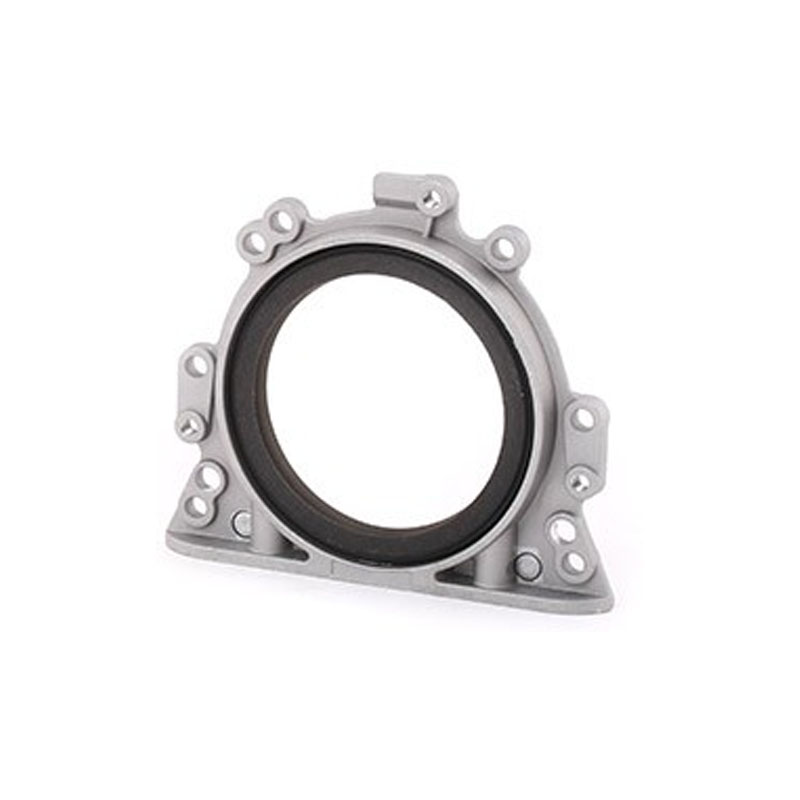rear wheel seal
Understanding Rear Wheel Seals Importance, Signs of Wear, and Replacement
Rear wheel seals play a crucial role in the overall performance and safety of a vehicle. They are designed to keep lubricant in and contaminants out, thereby ensuring smooth operation of the rear axle components. Understanding the function of rear wheel seals, recognizing the signs of wear, and knowing when to replace them are essential for any vehicle owner or enthusiast.
What is a Rear Wheel Seal?
A rear wheel seal is a critical component located at the rear axle of a vehicle, typically found in rear-wheel-drive vehicles and certain all-wheel-drive models. Its primary function is to prevent gear oil or differential fluid from leaking out of the axle housing. Additionally, it acts as a barrier against dirt, moisture, and debris that could potentially damage the rear bearings or other components within the axle assembly.
The seals are usually made of rubber or another synthetic material that can withstand high temperatures and pressure, ensuring they maintain their integrity over time. Depending on the make and model of a vehicle, rear wheel seals may come in different designs and sizes, but their fundamental purpose remains the same.
Importance of Rear Wheel Seals
The significance of rear wheel seals cannot be overstated
. Leaks from damaged seals can lead to a variety of problems, including decreased lubrication, which can cause increased wear on bearing surfaces. This could ultimately lead to rear axle failure, which is often a costly and time-consuming repair. Moreover, fluid leaks pose a safety hazard, as they can create slippery surfaces on the road, increasing the risk of accidents.Maintaining the integrity of your rear wheel seals contributes not only to the efficiency of your vehicle but also to its overall safety. Regular inspections of these seals can help catch any signs of wear or damage before they progress into more serious issues.
Signs of Wear
It is essential to be aware of the signs indicating that your rear wheel seals may need replacement. Here are some common symptoms to watch for
rear wheel seal

1. Fluid Leaks One of the most visible signs is oil or grease leaking near the rear wheels. If you notice a pool of fluid under your vehicle after parking, this could directly point to a failing seal.
2. Increased Noise A sudden increase in noise or vibration while driving, particularly from the rear of the vehicle, may indicate that the rear wheel bearings are not properly lubricated due to a failing seal.
3. Reduced Handling If your vehicle begins to feel less stable or handle differently, it could be a sign that the rear axle components are experiencing excessive wear due to inadequate lubrication.
4. Oil on Brakes If you see signs of oil on your brake pads or drums, this is a significant red flag. Oil on brake components can severely impair braking performance, creating a dangerous situation.
Replacement
If you've identified any of these signs, it's crucial to address potential rear wheel seal issues promptly. While replacing a rear wheel seal can be a straightforward task for someone familiar with vehicle maintenance, it often requires specialized tools and a thorough understanding of the specific vehicle model. It is advisable to consult a professional mechanic if you are unsure about the condition of your seals or how to replace them.
To replace a rear wheel seal, the mechanic will typically remove the wheel, brake assembly, and axle. Once the old seal is removed, the new seal will be installed, and everything will be reassembled. It’s essential to ensure that the new seal is installed correctly to prevent future leaks.
Conclusion
Rear wheel seals are a small yet vital component of your vehicle’s performance. Keeping an eye out for signs of wear and acting quickly to replace damaged seals can save you from costly repairs and ensure your vehicle remains safe and efficient on the road. Regular maintenance checks, including the condition of your rear wheel seals, can contribute to the longevity and reliability of your vehicle, allowing for a smoother and safer driving experience.
-
The Ultimate Guide to Boat Propeller Bearings and Trailer Wheel Bearings
News Jul.31,2025
-
The Essential Guide to Marine Bearings and Boat Trailer Wheel Bearings
News Jul.31,2025
-
The Complete Guide to Heavy Duty Seals: Protecting Doors and Spaces Efficiently
News Jul.31,2025
-
Essential Guide to Marine Shaft Bearings and Boat Trailer Axle Bearings
News Jul.31,2025
-
Comprehensive Guide to Marine and Trailer Bearings for Safe Boating and Transport
News Jul.31,2025
-
Comprehensive Guide to Automotive Oil Seals: Protecting Your Engine and Shafts
News Jul.31,2025
-
Understanding Automotive Oil Seals: Essential Components for Engine and Shaft Protection
News Jul.30,2025
Products categories















